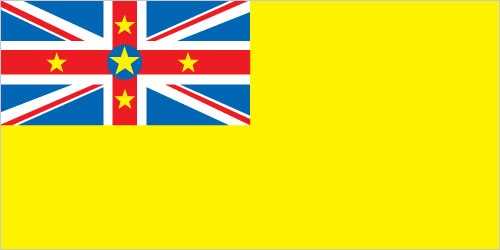Introduction
Tip
Visit the Definitions and Notes page to view a description of each topic.
Geography
People and Society
Population
comparison rankings: total 232; male 232; female 231
Population growth rate
comparison ranking: 198
Obesity - adult prevalence rate
comparison ranking: 6
Alcohol consumption per capita
comparison ranking: total 38
Environment
Carbon dioxide emissions
comparison ranking: total emissions 216
Government
Economy
Real GDP (purchasing power parity)
comparison ranking: 220
Real GDP per capita
comparison ranking: 140
Energy
Communications
Telephones - fixed lines
comparison ranking: total subscriptions 218


